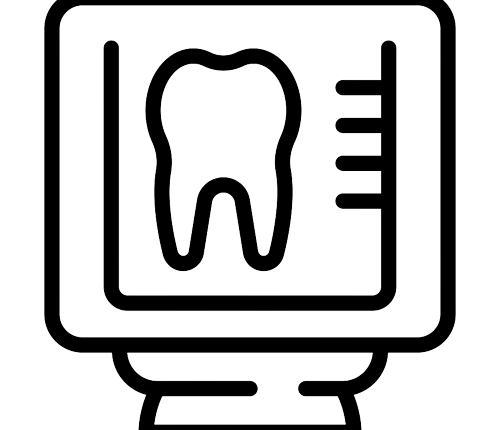Digital imaging in dentistry refers to the use of advanced technology to capture and analyze images of the teeth, jaws, and surrounding structures for diagnostic and treatment purposes. It has revolutionized the way the dentist in Boise, Idaho diagnoses dental problems, plan treatments, and monitor oral health over time. Digital imaging techniques offer several advantages over traditional film-based radiography, including improved image quality, faster processing times, reduced radiation exposure, and enhanced communication between dentist in 83704 and patients.
What are the Benefits of Digital Imaging?
- We use digital dental radiographs to examine all the areas of your mouth otherwise not visible to the human eye. This factor helps us detect oral complications in the early stages.
- The digital sensors and PSP sensors found in digital dental imaging technology do not expose you to excessive radiation levels. It means obtaining images using this method is safe for the human body.
- Digital imaging helps store vast amounts of data in compact size drives, thus reducing the paperwork. The use of this technology saves the environment.
- These images are easy to transfer.
What are the Types of Digital Imaging?
Intraoral Dental X-rays
Under this process, digital dental radiographs are taken inside your mouth. Intraoral dental X-rays help in identifying cavities. They are also useful in monitoring your bone and teeth health, as well as the status of your growing teeth.
Extraoral Dental X-rays
- We use extraoral dental X-rays to detect potential complications in your teeth, jaw, and temporomandibular joint. They are also used to identify affected teeth and observe the growth and development of your jaw. Extraoral dental X-rays have many types.
- Multi-slice computed Tomography or MCT offers a digital image focusing on the layer of your mouth by blurring others. It helps us to get a better view of the places not easily visible during a visual examination.
- Sialography is used to detect complications that affect your salivary glands. Another form of extraoral X-ray, panoramic X-rays are used to diagnose bony tumors, cysts and plan treatment for dental implants.
- Cephalometric projections provide a dental image of your head, allowing us to check for issues in your facial profile and jaw. We use these projections to plan treatment for teeth alignment.
- Cone-beam computerized tomography or CBCT is used to display the interior structures of your body using a 3D digital image. We use these X-rays to detect facial concerns like tumors and fractures.
- Bitewing X-rays are the dental images we take after you bite down on film. The X-ray provides a digital image of your teeth from top to bottom.
Cone Beam Computed Tomography (CBCT)
CBCT is a specialized imaging technique that provides three-dimensional (3D) images of the teeth, jaws, and surrounding structures. It uses a cone-shaped X-ray beam to capture multiple cross-sectional images, which are reconstructed into a 3D model of the oral anatomy. CBCT imaging is valuable for diagnosing complex dental problems, planning orthodontic treatment, placing dental implants, and performing oral surgery with greater precision and accuracy. Call us to learn more.
Digital Panoramic X-Rays
Panoramic X-rays capture a wide-angle view of the entire mouth, including the teeth, jaws, temporomandibular joints (TMJ), and sinuses. Digital panoramic X-rays produce detailed images with minimal radiation exposure and are commonly used for evaluating wisdom teeth, assessing jaw development, detecting tumors or cysts, and planning orthodontic treatment.
Digital Photography
Digital photography allows dentists to capture high-quality images of the teeth and smile for cosmetic evaluation, treatment planning, and patient communication. Digital photographs can be easily stored, shared, and manipulated using imaging software to simulate cosmetic procedures, such as teeth whitening, veneers, and smile makeovers, and visualize the potential outcomes of treatment.
Overall, digital imaging technologies play a vital role in modern dentistry by enhancing diagnostic accuracy, improving patient care, and promoting better communication between dental professionals and patients. By leveraging digital imaging techniques, dentists can provide more precise diagnoses, develop personalized treatment plans, and achieve superior treatment outcomes for their patients.
To find out more about the dental services offered at Ustick Dental Office, call (208) 375-8720 or schedule an online consultation. You can also visit Dentist in Boise ID at 9733, W Ustick Rd, Boise, ID 83704.

Working Hours
- Monday: 7:30 am - 5:00 pm
- Tuesday: 7:30 am - 5:00 pm
- Wednesday: 7:30 am - 5:00 pm
- Thursday: 7:30 am - 5:00 pm
- Friday: 7:30 am - 2:00 pm
- Saturday: Closed
- Sunday: Closed

